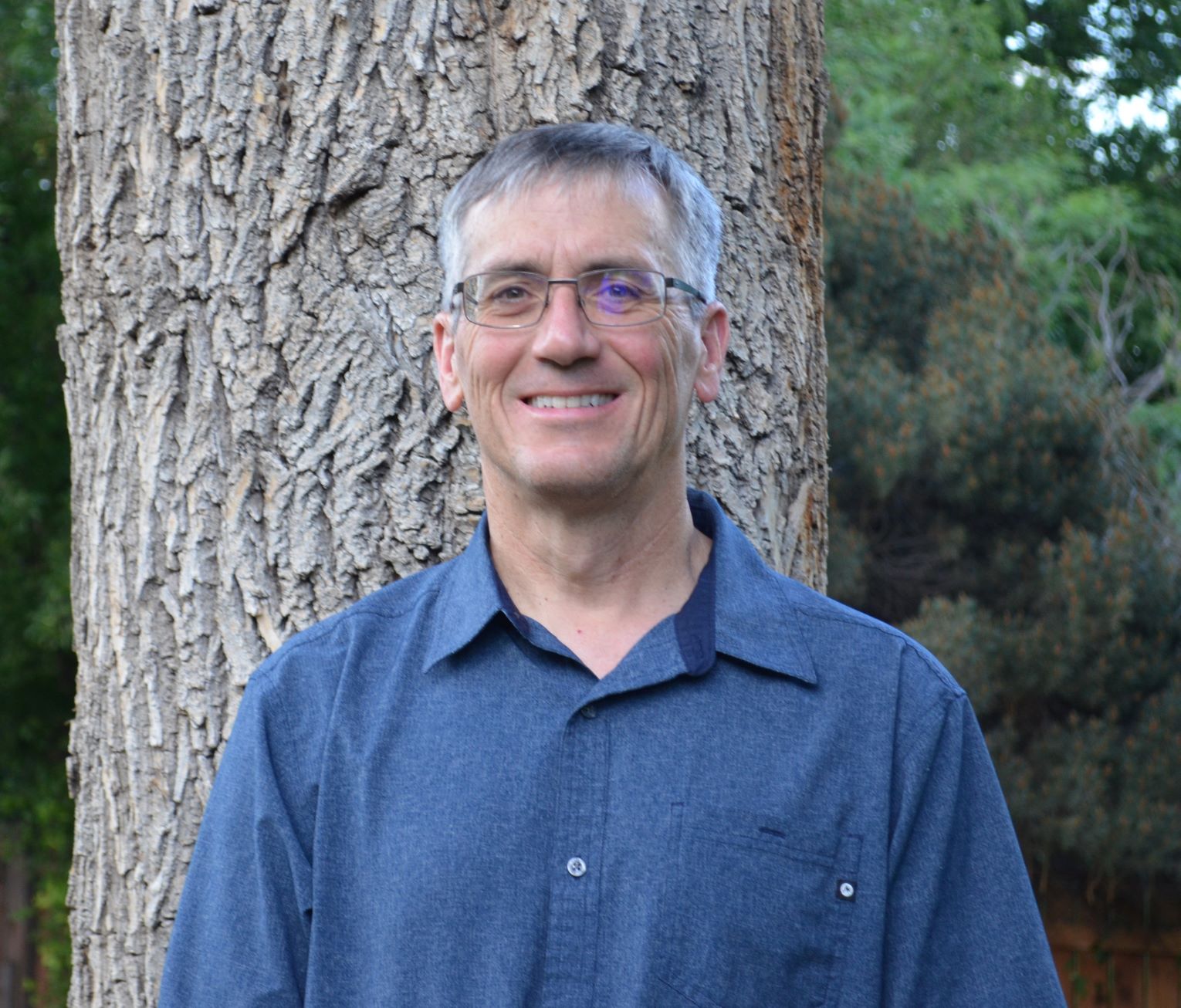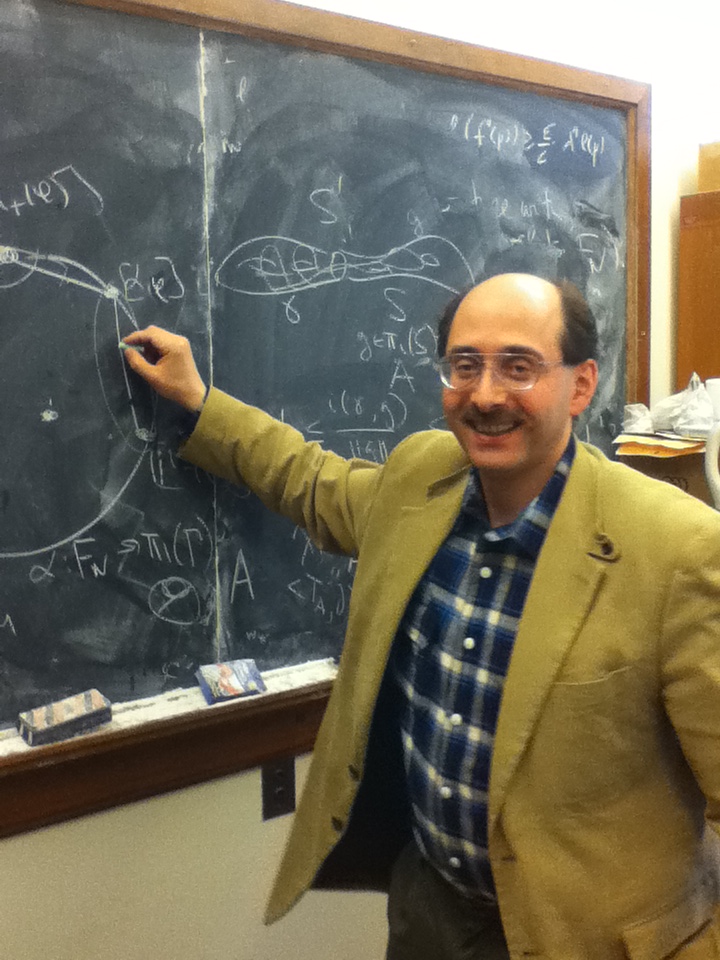Brett Nasserden (University of Waterloo)
Date
Monday January 31, 20224:30 pm - 5:30 pm
Location
Online via ZoomAlgebra & Geometry Seminar
Monday, January 31st, 2022
Time: 4:30 p.m. Place: Online via Zoom (contact Kaveh Mousavand for Zoom link)
Speaker: Brett Nasserden (University of Waterloo)
Title: Arithmetic dynamics on projective bundles over elliptic curves.
Abstract: Let $X$ be a smooth projective variety defined over a number field $K$. Suppose that $X$ is endowed with a surjective endomorphism $f: X\rightarrow X$. A numerical measure of the complexity of the morphism $f$ is its dynamical degree, which can be defined as the spectral radius of the pullback morphism $f^*:N^1(X)\rightarrow N^1(X)$, where $N^1(X)$ is the Neron-Severi group of $X$. On the other hand, given a point $P$ in X defined over $K$, we have the following arithmetic measure of complexity of $f$ at $P:$ The arithmetic degree of $P$ with respect to $f$ is defined to be the limit, as $n\to\infty$, $h(f^n(P))^{1/n}$ where $h(x)$ is the height of a point $x$ in $X$. The Kawaguchi-Silverman conjecture predicts that if the forward orbit of $P$, $\lbrace P,f(P), f^2(P),\dotsc\rbrace$, is Zariski dense, then the arithmetic degree of $P$ with respect to $f$ equals the dynamical degree of $f$.\par In this talk, we will discuss how to prove the Kawaguchi-Silverman conjecture when $X$ is the projectivization of certain vector bundles on an elliptic curve $\mathcal{C}$. Specifically, Atiyah proved that for each integer $r>0$, there is a unique indecomposable rank $r$ degree zero vector bundle $F_r$ on $\mathcal{C}$ with a non-zero global section. We will discuss how one may prove the Kawaguchi-Silverman conjecture for the projectivizations of these bundles. Along the way, we will extend some results of Atiyah in the following way: Atiyah showed that the Iitaka dimension of the line bundle $\mathcal{O}(1)$ on $P(F_2)$ is zero. We prove that the Iitaka dimension of the line bundle $\mathcal{O}(1)$ on $P(F_r)$ is strictly positive whenever $r>2$ and relate this to the Kawaguchi-Silverman conjecture.
Website details here: https://mast.queensu.ca/~georep/



